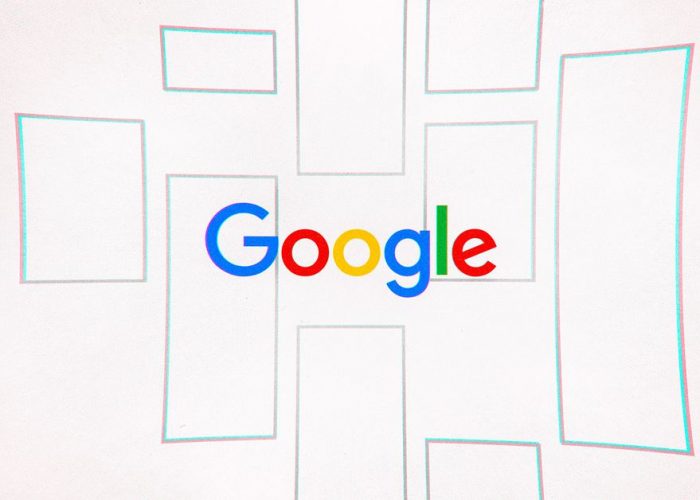Illustration: Alex Castro / The Verge
If you’ve recently spotted a little secondary box underneath a Google News story that gives you a big-picture understanding of the news, you’re not alone: Google appears to be experimenting with a new “for context” feature in Google News that links to a second, broader story on the same topic.
Spotted earlier by Valentin Pletzer on Twitter, the feature appears to be live on mobile phones for some very specific search results:
new feature within the top stories carousel “for context”a second link to the same source (here Forbes and cnet)#google #mobile #serp #news pic.twitter.com/B7KDKSmChz
— Valentin Pletzer (@VorticonCmdr) July 28, 2020
It’s a smaller box in Google’s news box
It’s small enough that you might easily miss what’s changed, but it’s that “for context” box under the CNET story. Intriguingly, it links to another CNET story to provide the bigger picture; it’s possible that this feature isn’t designed to divert traffic from some publishers to others, but rather just to provide the bigger picture around a news story. That’s also how Facebook’s “About This Content” feature often works, which also frequently points to related content from the same website. Of course, Google also has “knowledge panels” and “featured snippets” outside of its news box to direct people to more info about all sorts of topics.
While multiple Verge editors have gotten the new Google feature to work in multiple time zones, we weren’t able to make it pop up for other potentially controversial news topics like hydroxychloroquine. This CNET example is actually the only one we’ve seen thus far, and Google didn’t immediately respond to a request for comment about where and how the idea might roll out. Let us know if you spot more?
Since the start of the COVID-19 pandemic, big tech platforms have accelerated their efforts to warn readers about misinformation, with explicit warning labels, “authoritative context” around conspiracy theories, and even a warning to readers that they might not want to share older, out-of-date articles.read more


